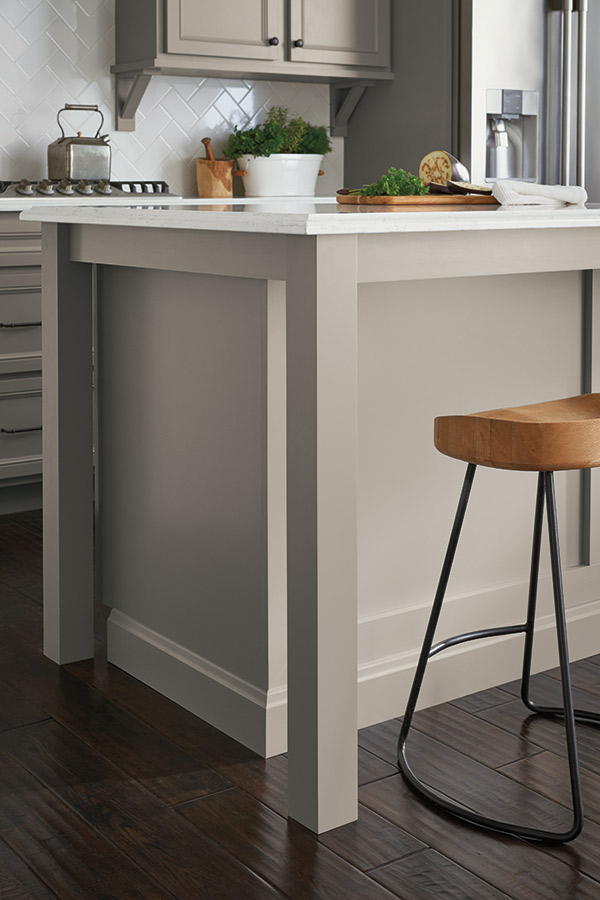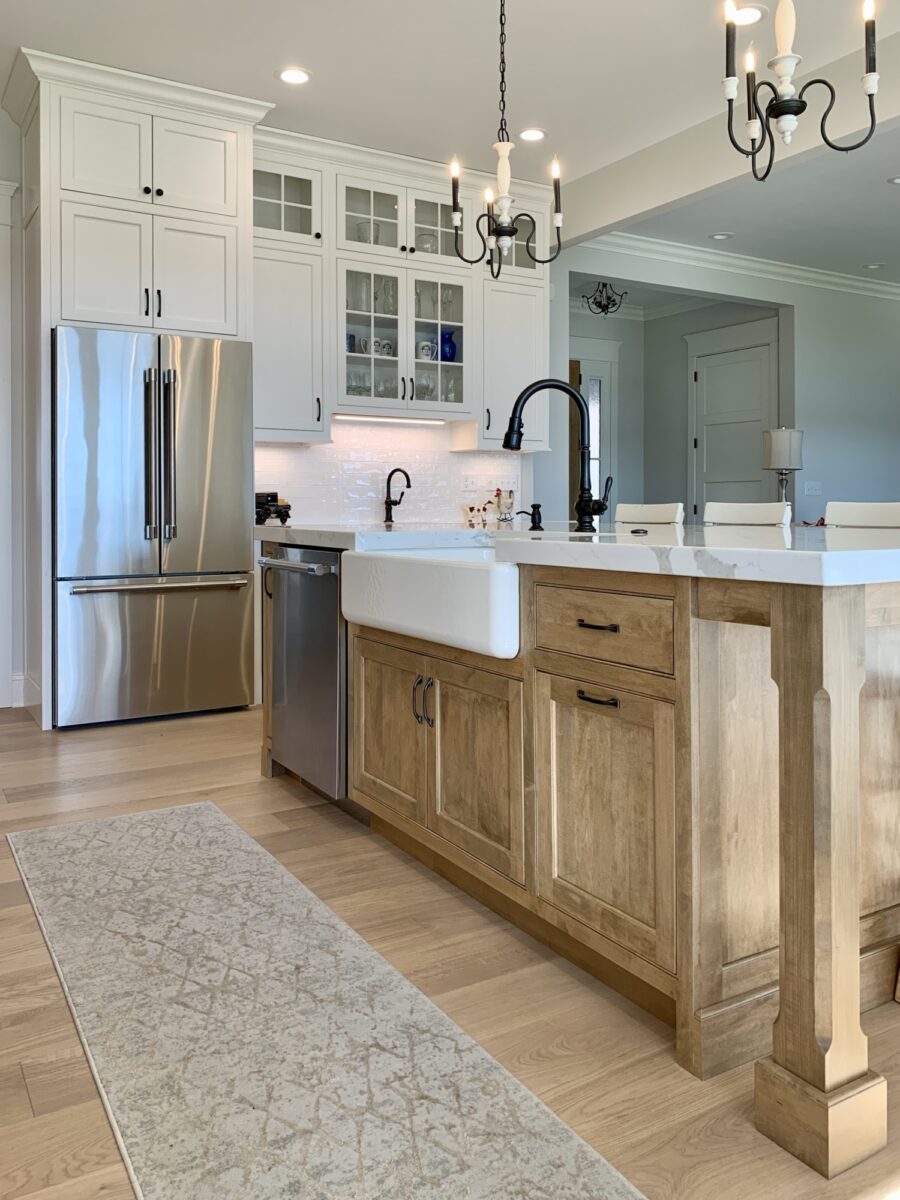Achieve the Perfect Balance of Type and Function with Legs For Kitchen Island
Achieve the Perfect Balance of Type and Function with Legs For Kitchen Island
Blog Article
Crucial Variables to Take Into Consideration When Picking Legs For Cooking Area Island
Choosing the appropriate legs for a cooking area island involves a mindful assessment of numerous elements that can dramatically affect both functionality and aesthetic allure. As we check out these elements, it ends up being clear that each choice can have far-reaching ramifications for the general kitchen experience.
Material Options
When picking legs for a kitchen island, comprehending the numerous material choices is crucial for achieving both visual allure and structural integrity (Legs For Kitchen Island). The option of product substantially affects not only the sturdiness of the island yet also its overall style and performance
Steel legs, frequently made from stainless steel or wrought iron, contribute a contemporary and industrial feeling while making sure durability and stability. These products are resistant to use and can sustain substantial weight, making them perfect for bigger islands.
An additional alternative is crafted materials, like MDF or plywood, which can be much more economical while still supplying a variety of surfaces. Nevertheless, they might not give the very same degree of security as strong timber or metal. Lastly, products such as acrylic or glass can develop a modern appearance, though they may call for extra support to ensure security.
Ultimately, the option of product for kitchen island legs need to line up with the desired capability and the general motif of the kitchen area.
Style and Layout

When thinking about style, the form and finish of the legs are important. Conical legs can offer a feeling of agility and elegance, while thicker, more robust legs can convey toughness and security. In addition, the surface-- be it repainted, discolored, or all-natural-- must match the kitchen cabinetry and counter top products to create a unified look.
Moreover, the style of the legs can also mirror individual taste. Customized or attractive legs, such as those including complex carvings or special geometric forms, can work as prime focus, adding personality and character to the kitchen. Eventually, the ideal choice will certainly not just boost capability however likewise boost the aesthetic appeal, making the cooking area island a standout function of the home.
Height Considerations
Picking the suitable height for kitchen island legs is important, as it straight affects both capability and convenience. The basic elevation for a kitchen island generally ranges from 36 to 42 inches, straightening with usual countertop elevations.

It is likewise vital to represent individuals' elevations and choices. Tailoring my website the elevation can guarantee a comfortable experience for all family members, making the kitchen area island a much more functional and enjoyable room.
Weight Assistance
Ensuring adequate weight assistance for kitchen island legs is vital for both safety and security and performance. The cooking area island typically offers multiple objectives, including food preparation, eating, and added storage, necessitating a durable assistance structure. When selecting legs, it is crucial to think about the overall weight capability needed based on the island's planned usage and the products that will certainly be put on it.
The option of material for the legs plays a substantial duty in their weight-bearing capacities. Strong timber, metal, and sturdy composites generally give exceptional strength contrasted to lighter materials. Additionally, the design of the legs-- whether they are directly, tapered, or have a pedestal kind-- can influence their ability to disperse weight effectively across the framework.
Constantly speak with the producer's specs pertaining to lots limits to make certain that the legs can maintain the desired weight without endangering security. In recap, selecting kitchen island legs with appropriate weight support is vital for developing a practical and secure cooking room.
Setup and Maintenance
Appropriate installation and upkeep of kitchen island legs are critical for making sure longevity and security. This often includes protecting the legs to the island base making use of appropriate bolts, making certain that the legs are degree and aligned.
When mounted, normal maintenance is required to maintain the stability and look of the legs - Legs For Kitchen Island. For wood legs, regular cleansing with a damp fabric and application of ideal timber gloss can protect against dampness damages and maintain their coating. Steel legs may require a gentle cleansing service to get rid of grease and crud, adhered to by a dry towel to prevent corrosion formation
Additionally, check the legs regularly for signs of wear or damage, such as cracks or loose joints. Tightening screws or bolts as required can additionally lengthen the life-span of the legs. By sticking to these installation and upkeep techniques, homeowners can ensure that their kitchen island remains sturdy and visually appealing for years to come.
Conclusion

Visual comprehensibility is paramount in choosing find out here now the style and style of legs for a cooking area island, as these components greatly influence the general atmosphere of the area. Conical legs can supply a feeling of agility and style, while thicker, more robust legs can convey strength and stability.Choosing the suitable height for kitchen area island legs is important, as it straight impacts both functionality and comfort. In summary, selecting kitchen island legs with sufficient weight support is vital for producing a risk-free and practical culinary room.
In verdict, picking legs for a cooking area island demands cautious consideration of different elements, including material alternatives, design, elevation, weight support, and setup.
Report this page